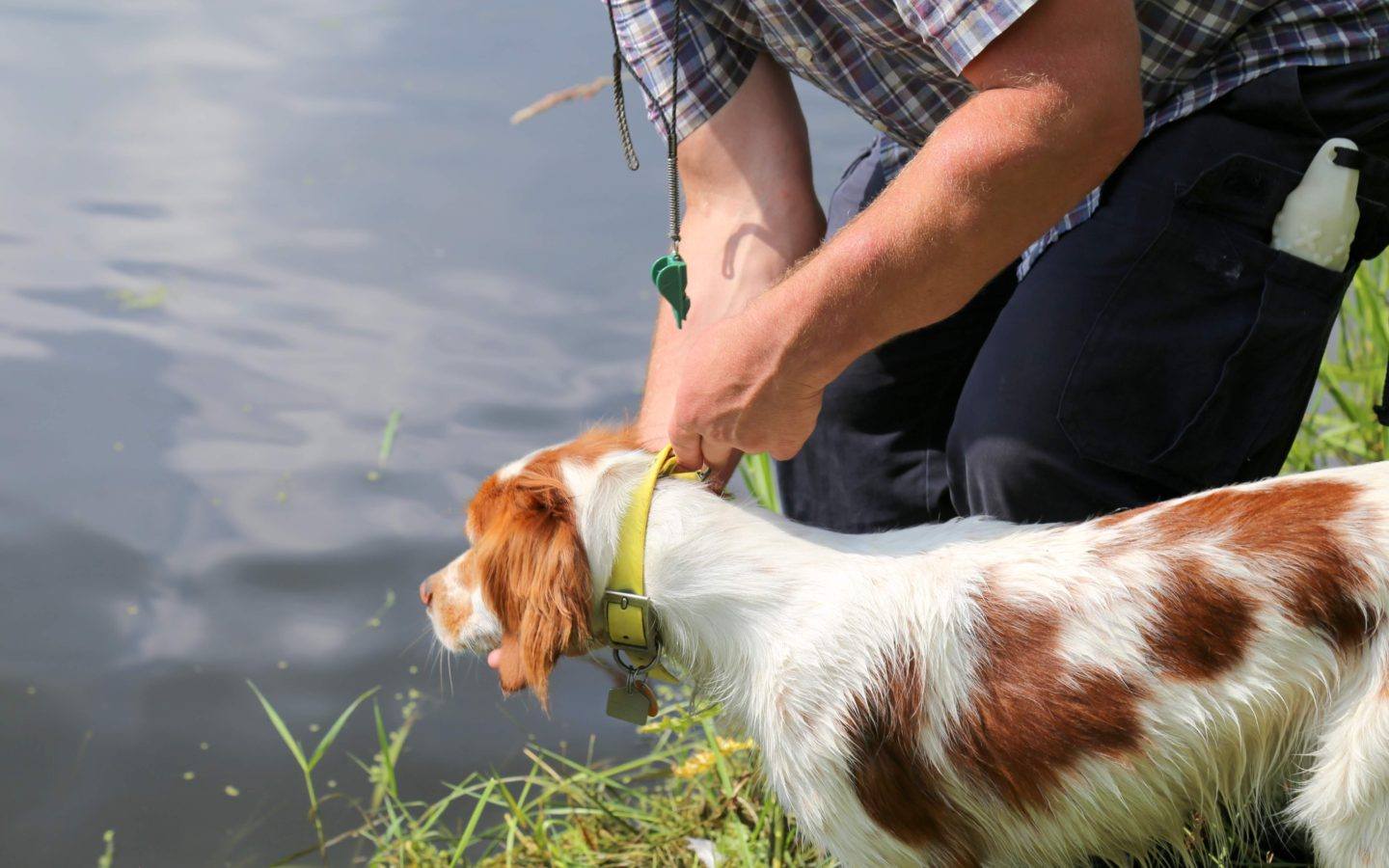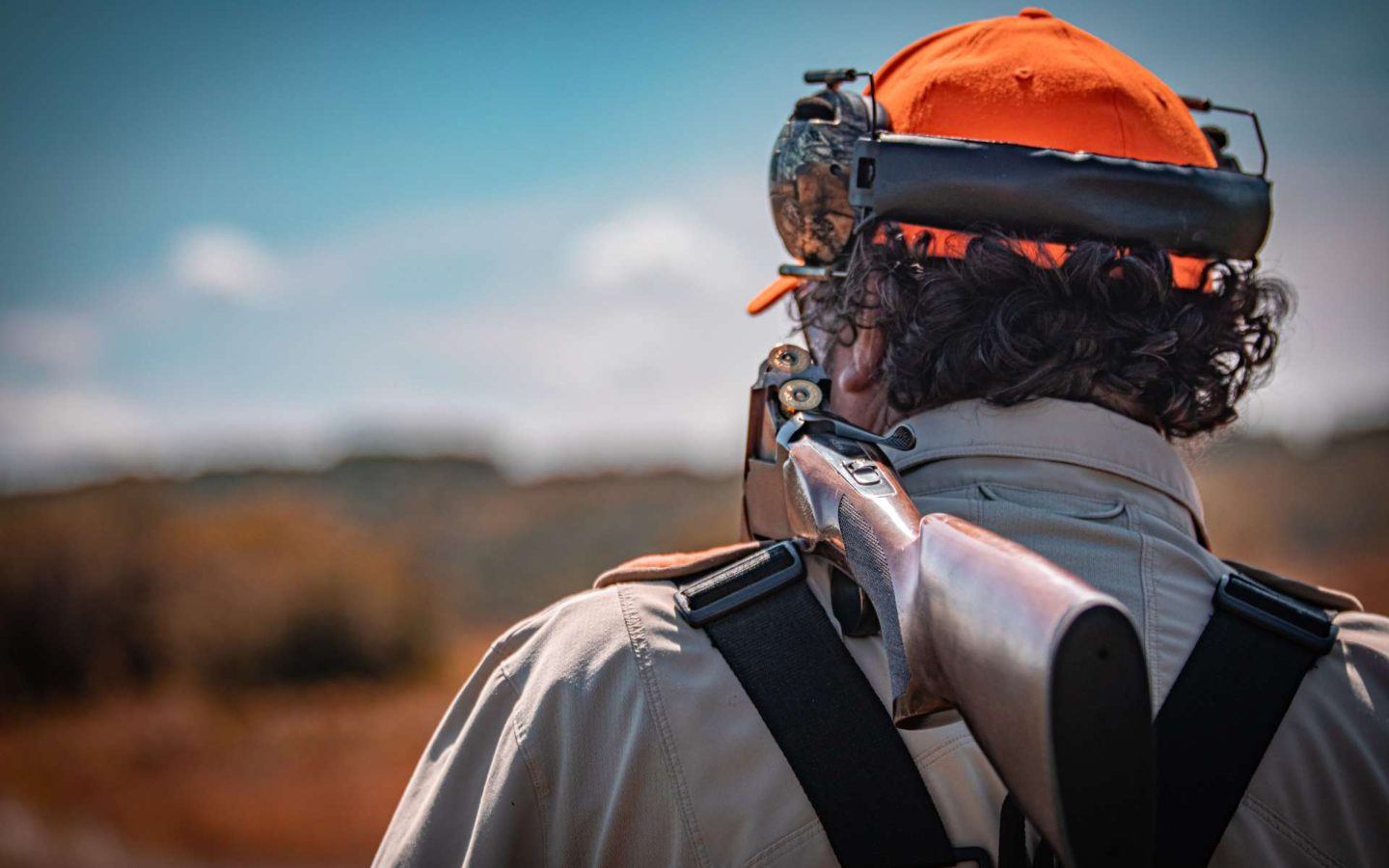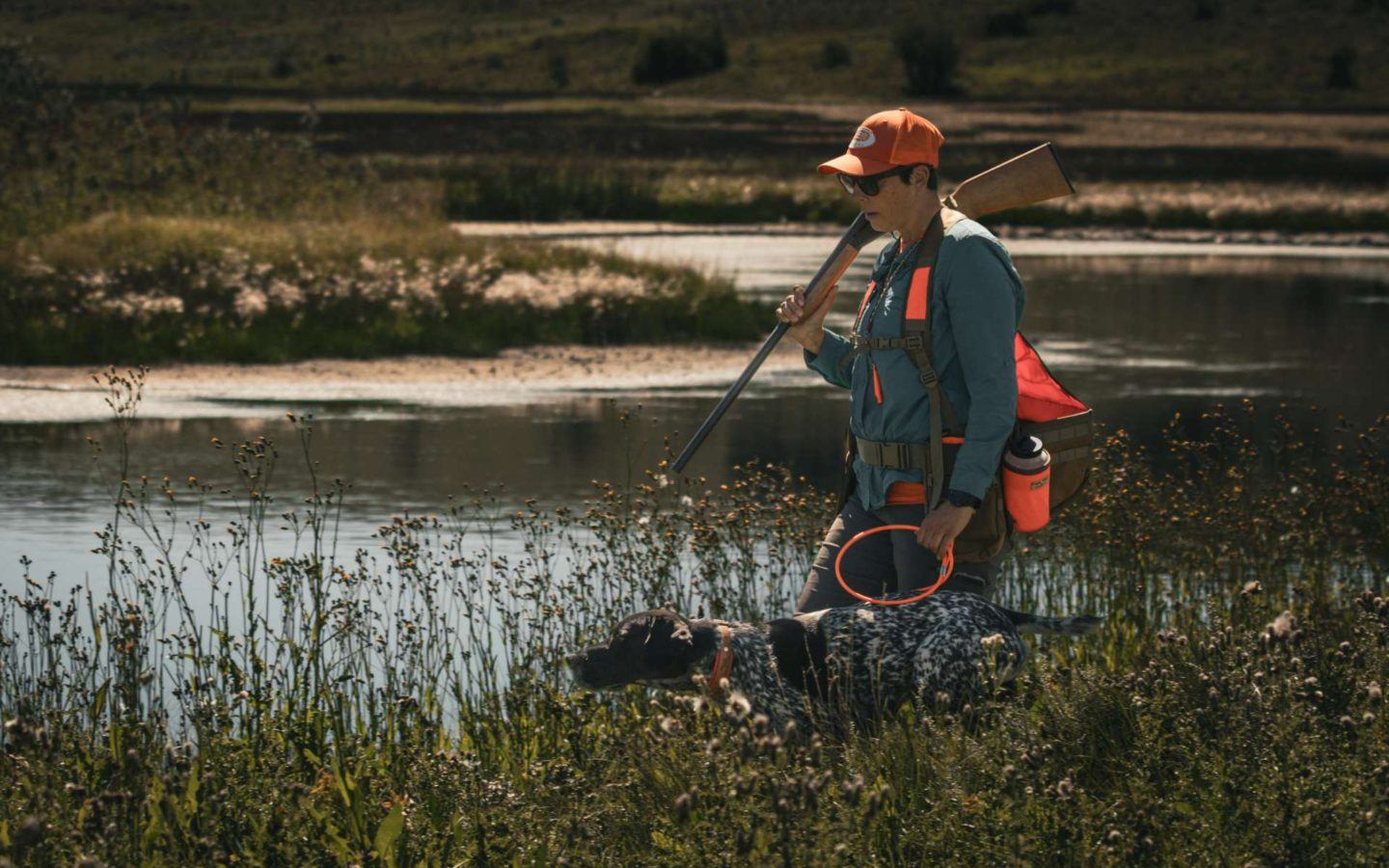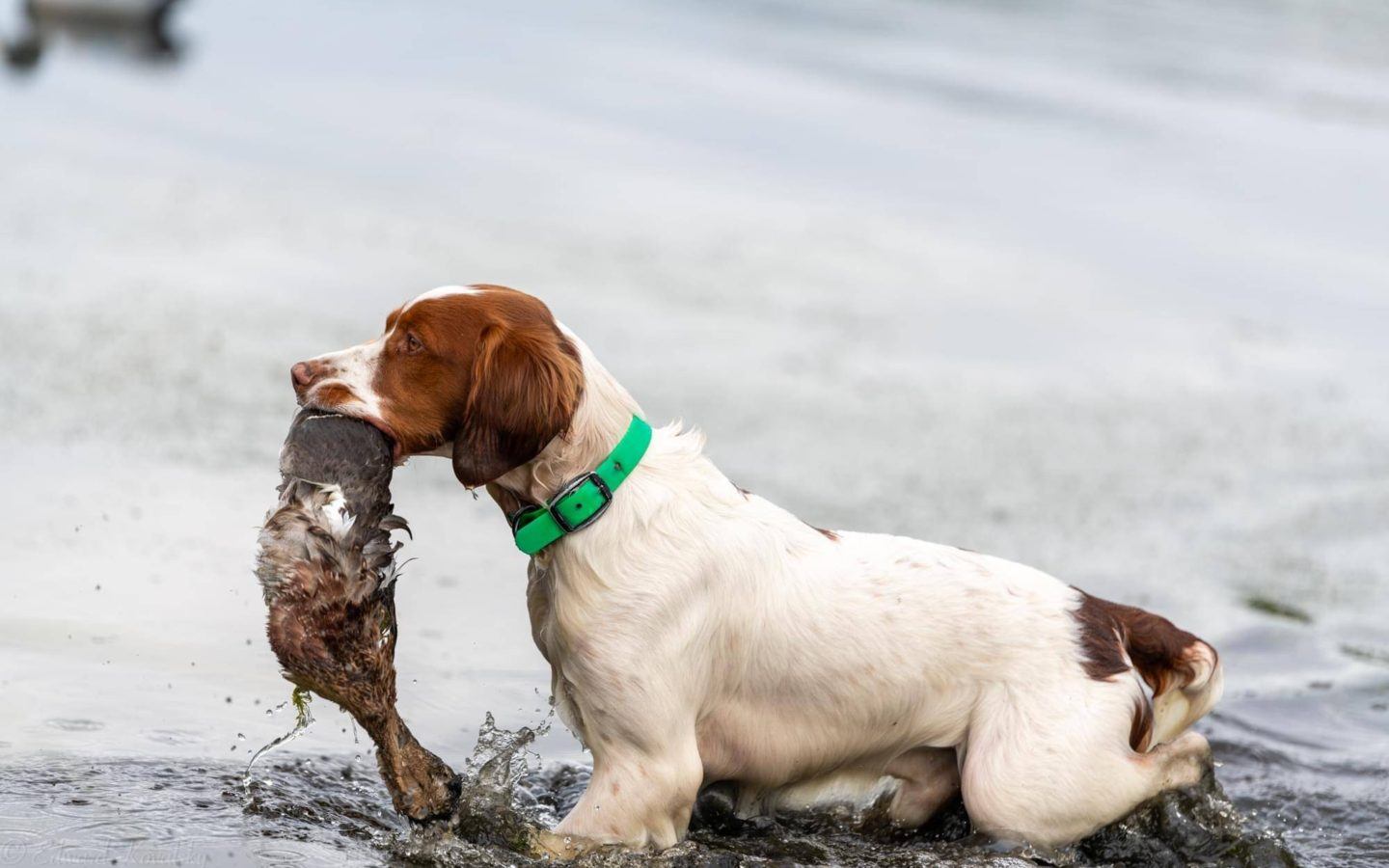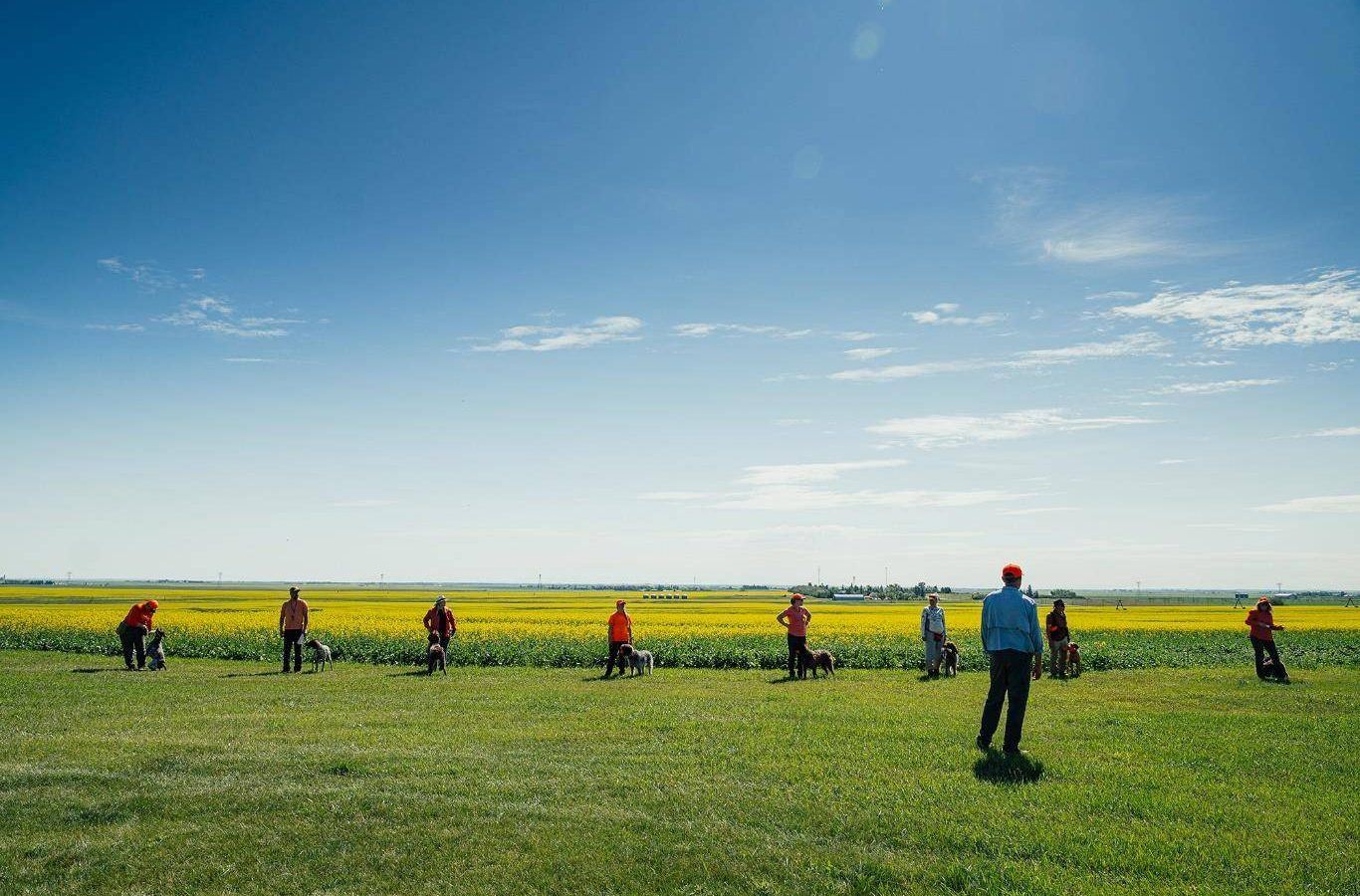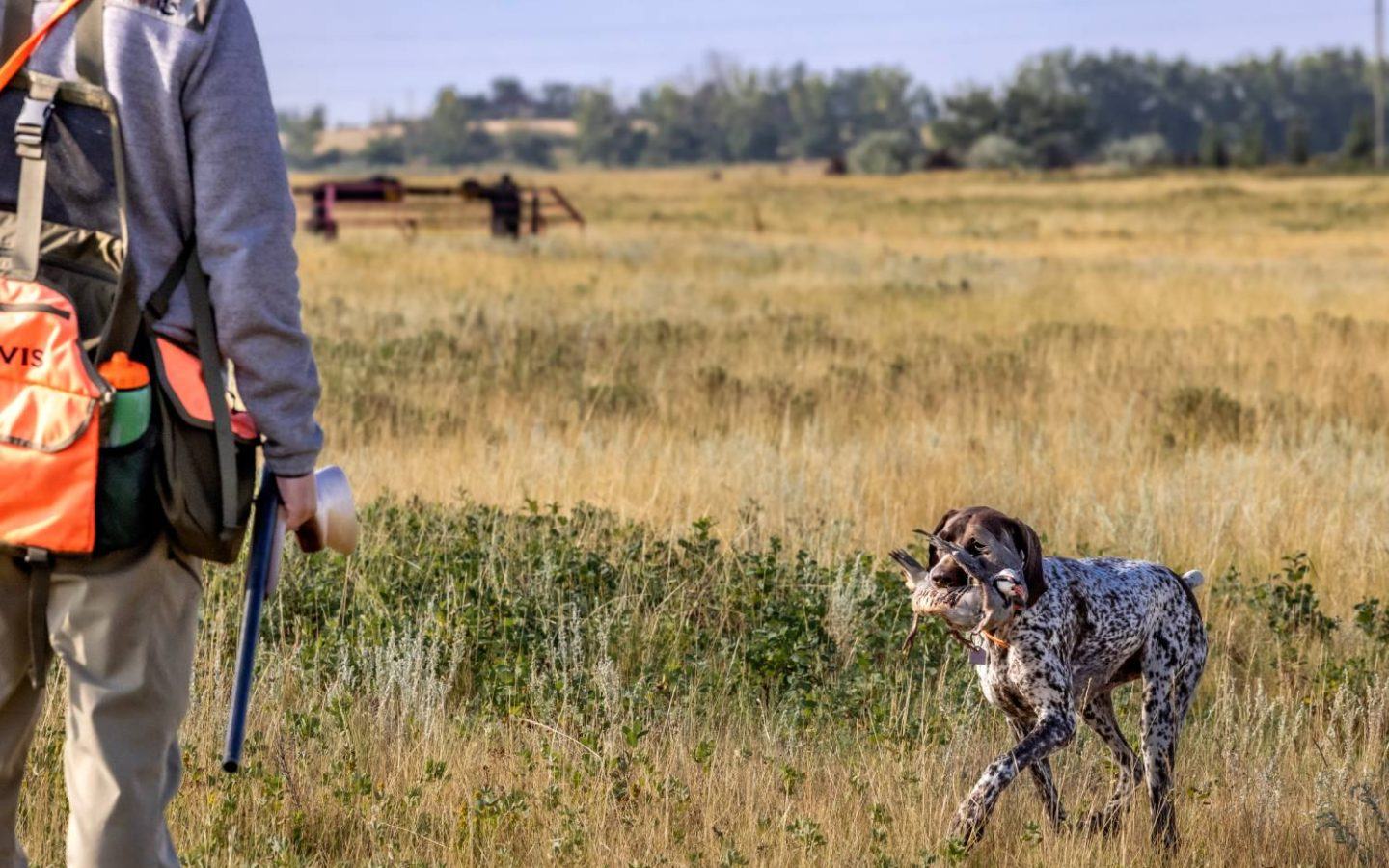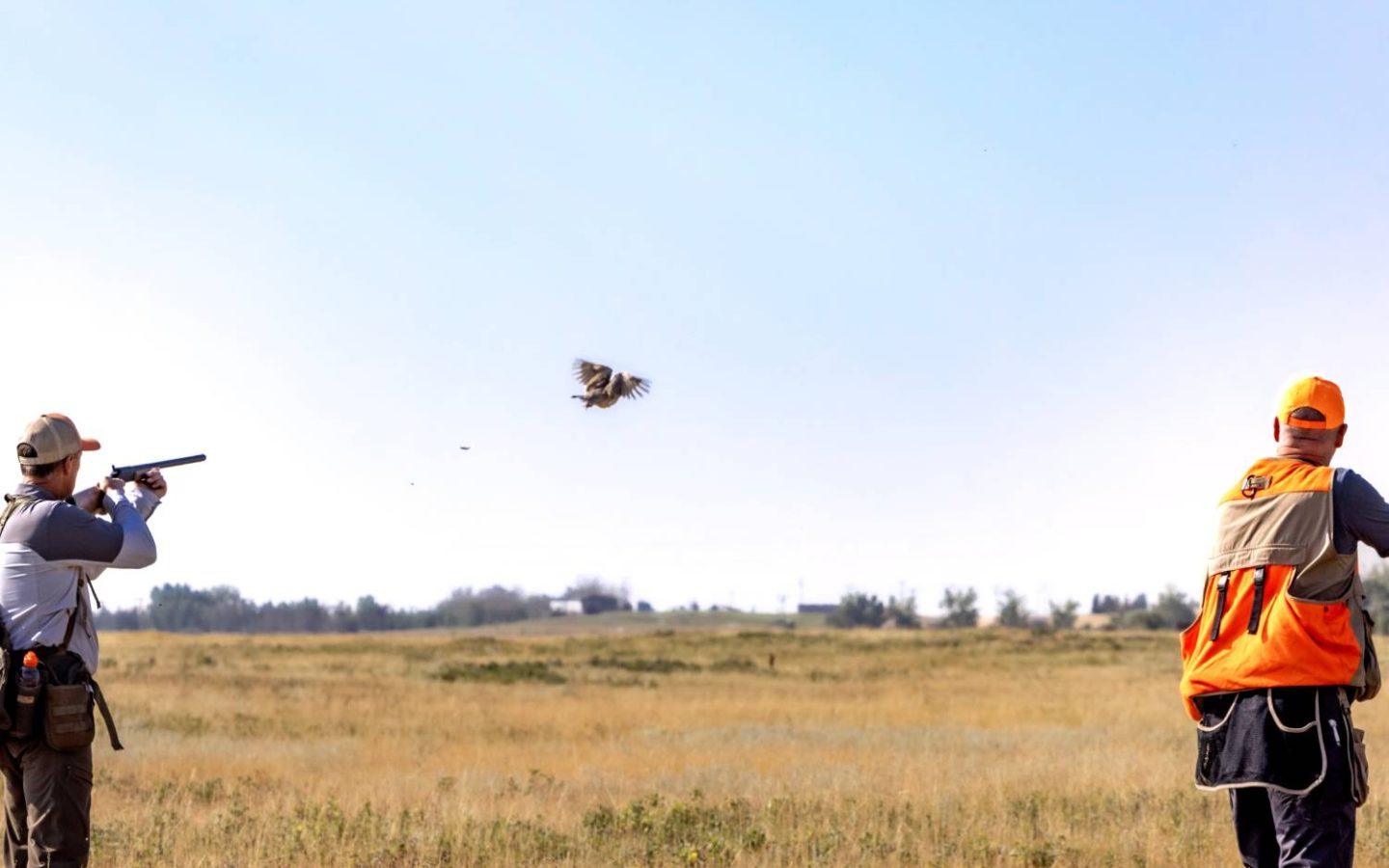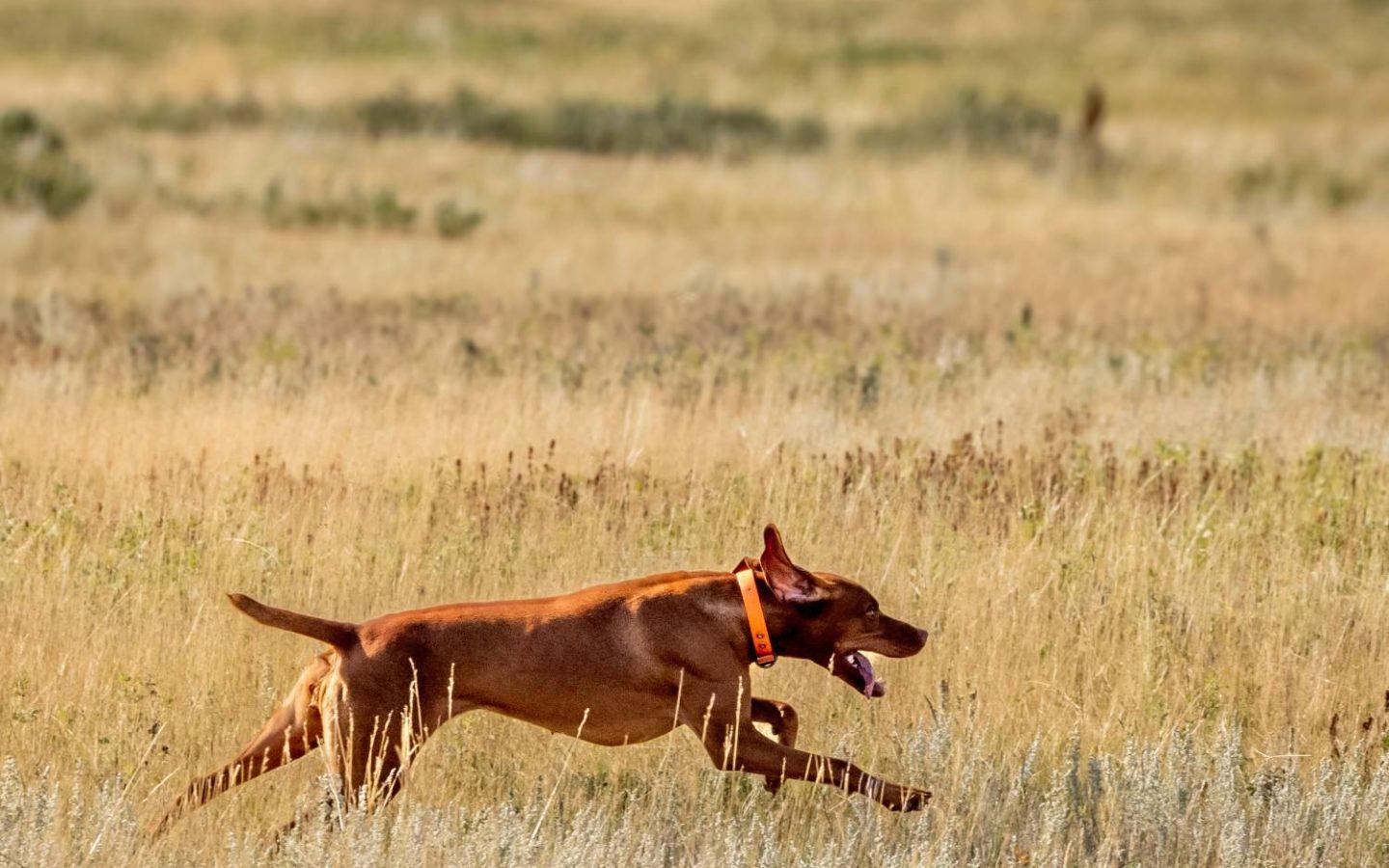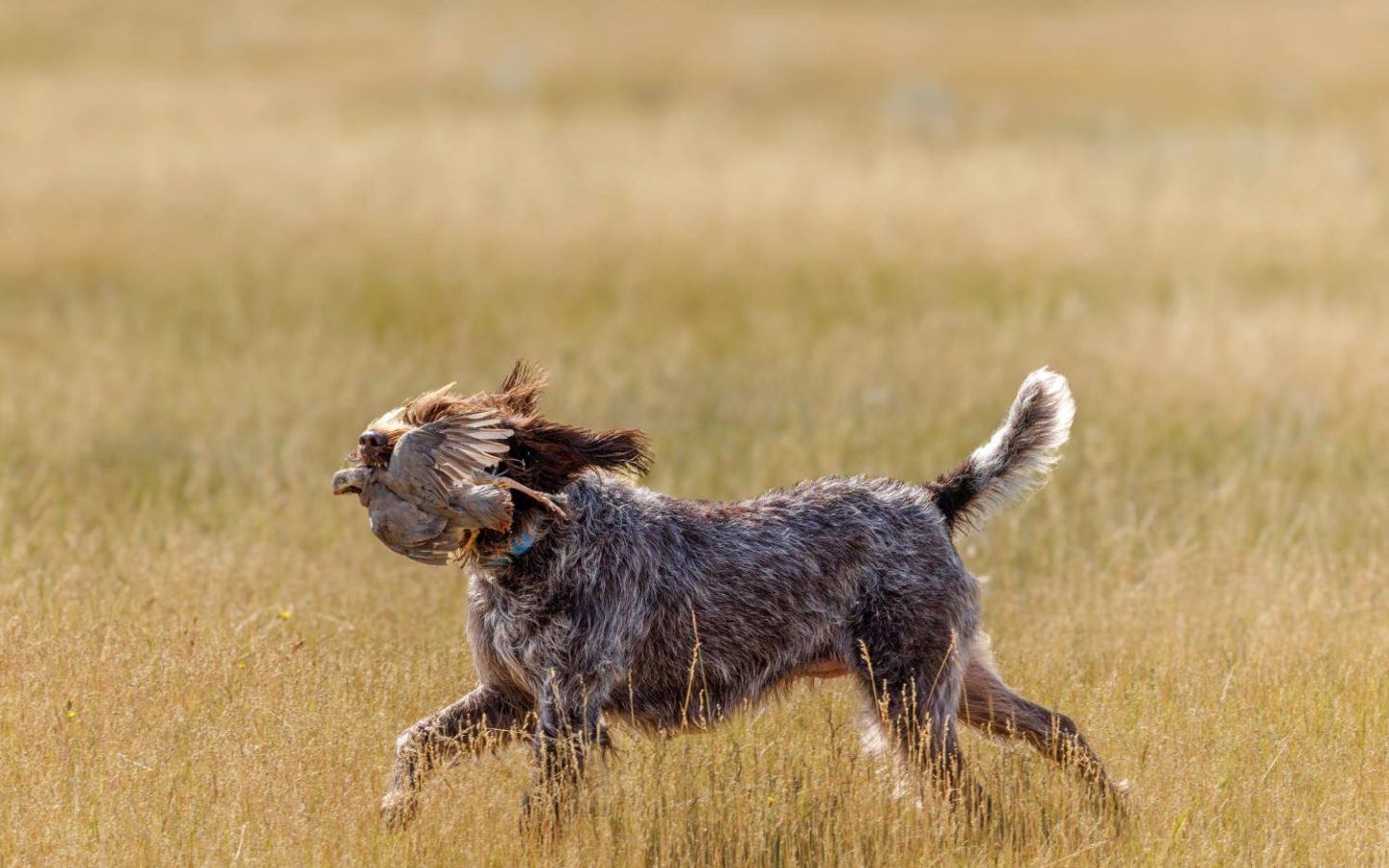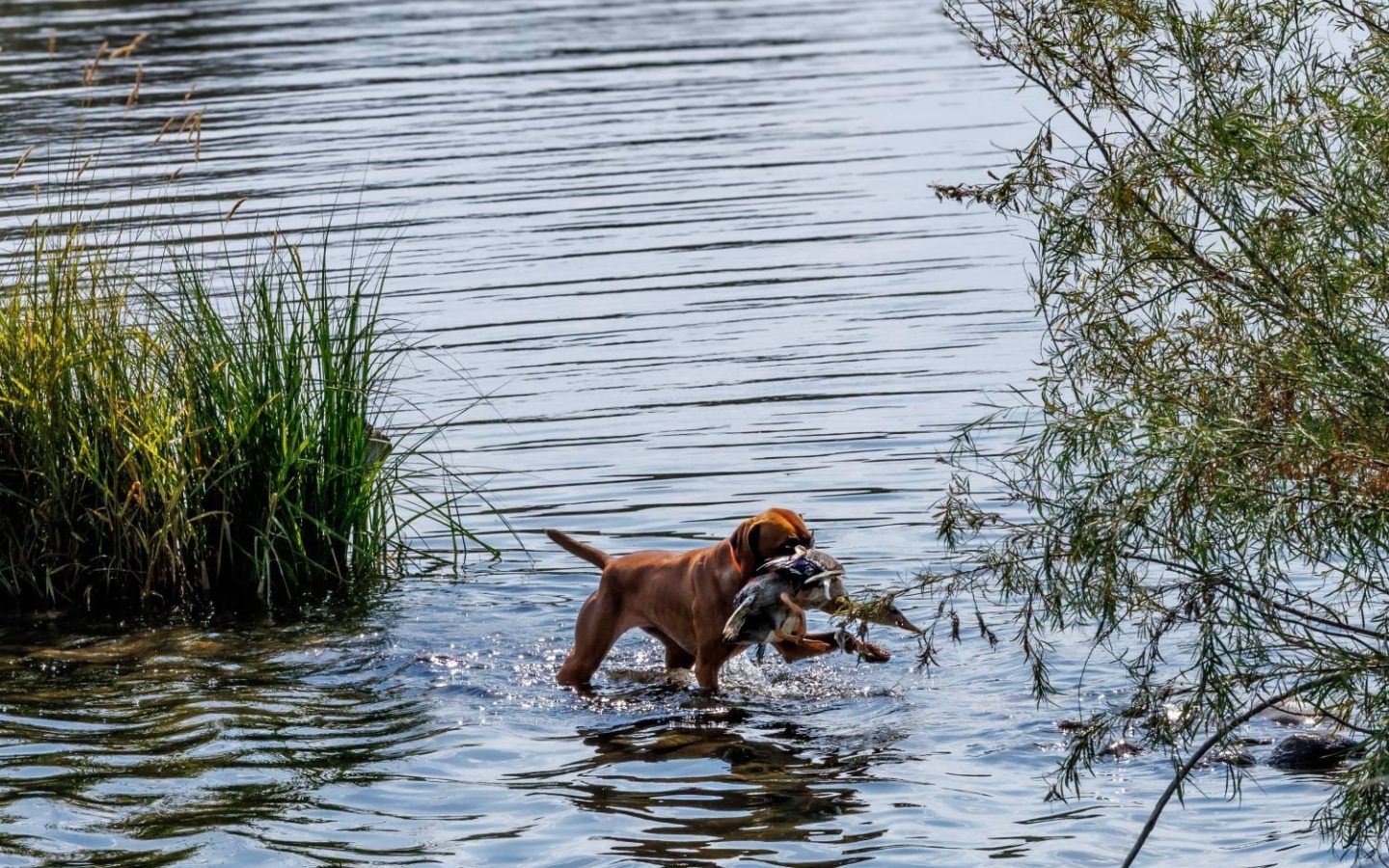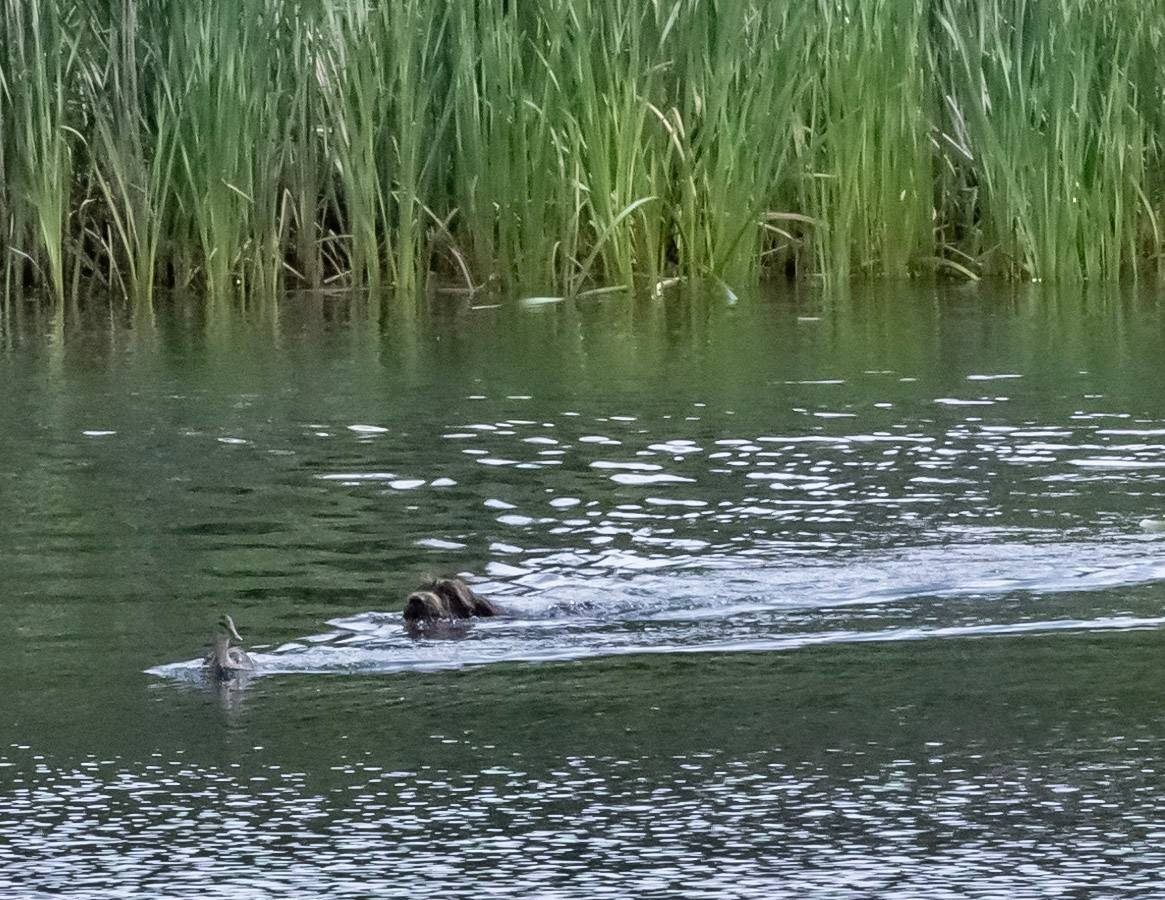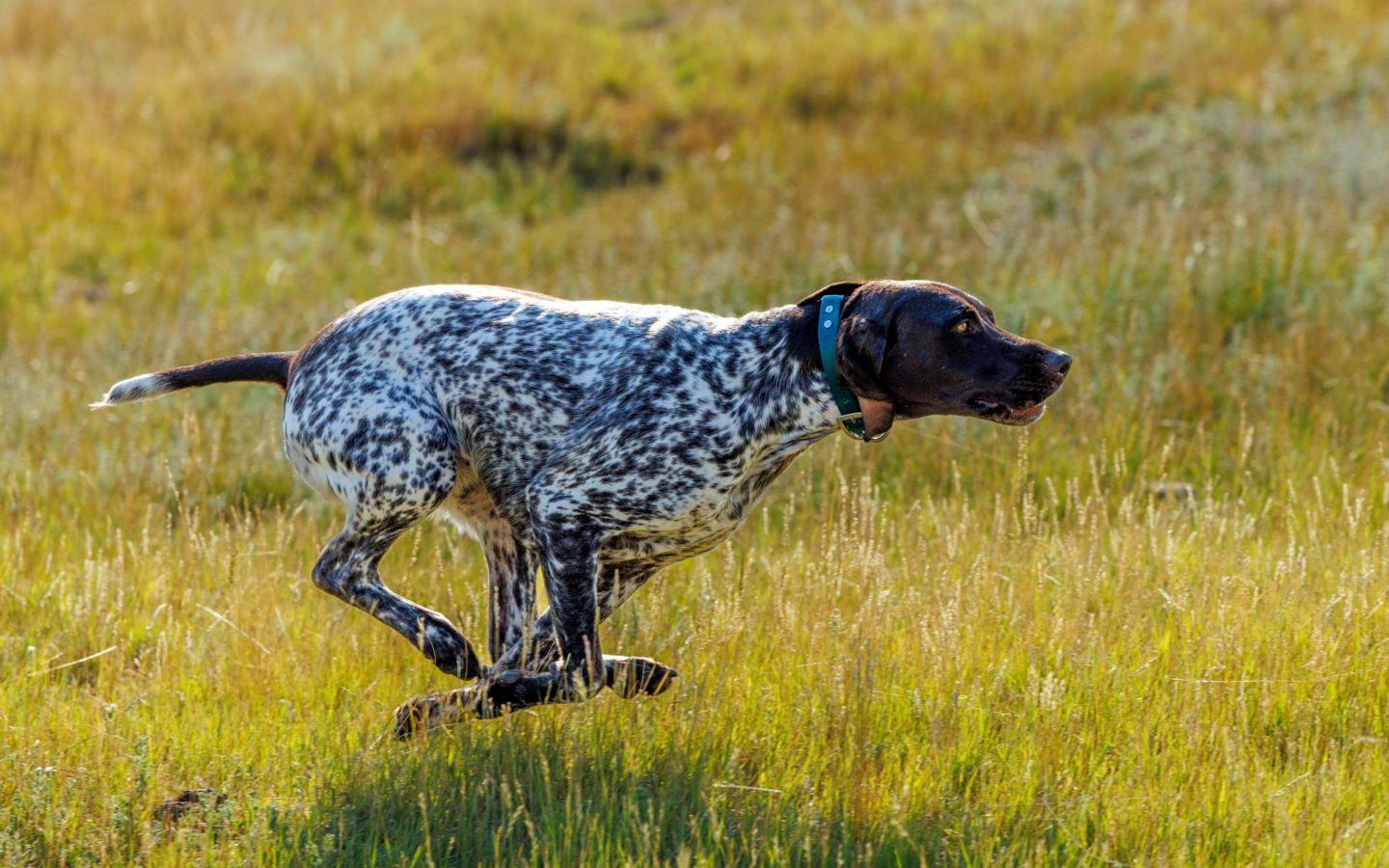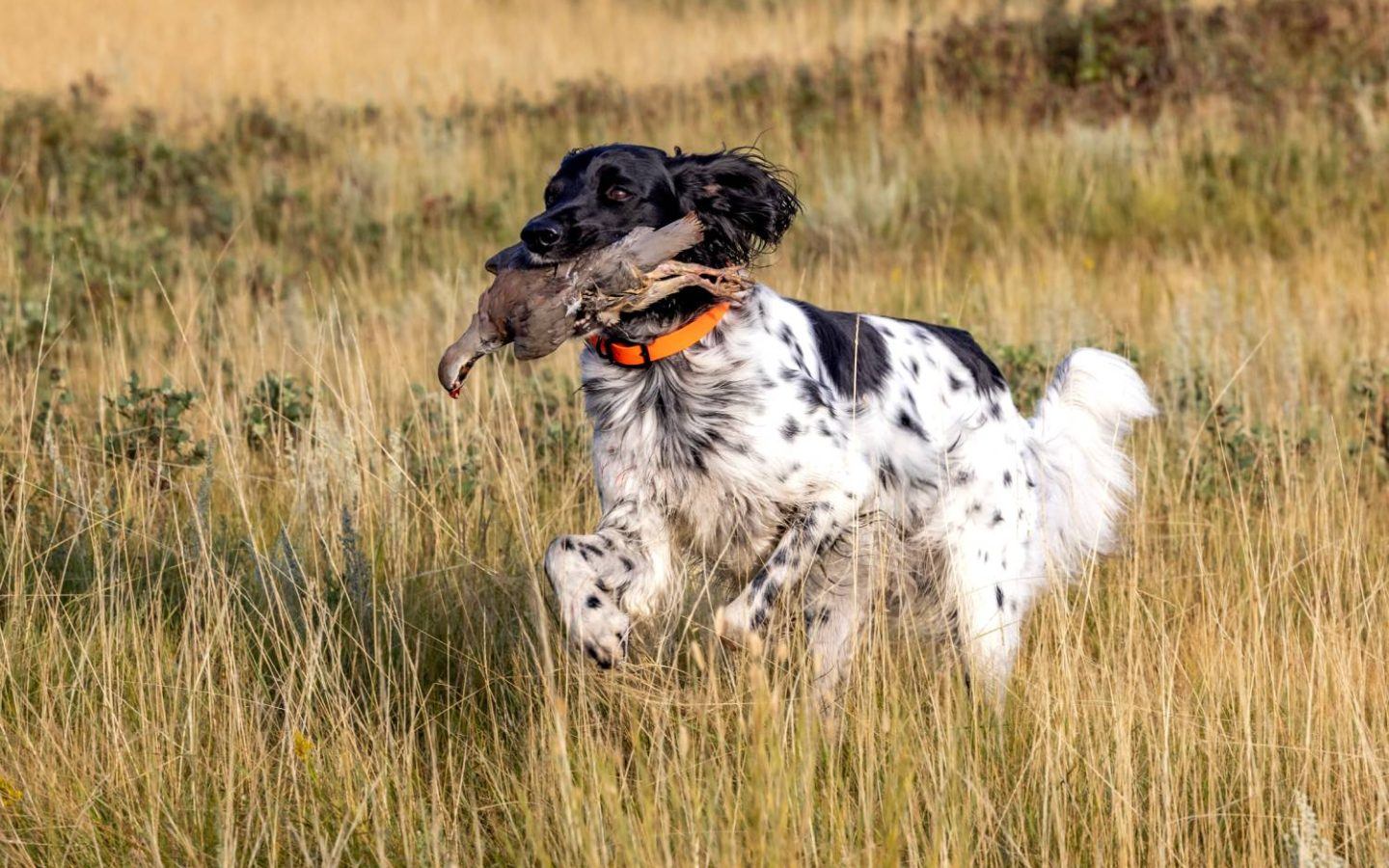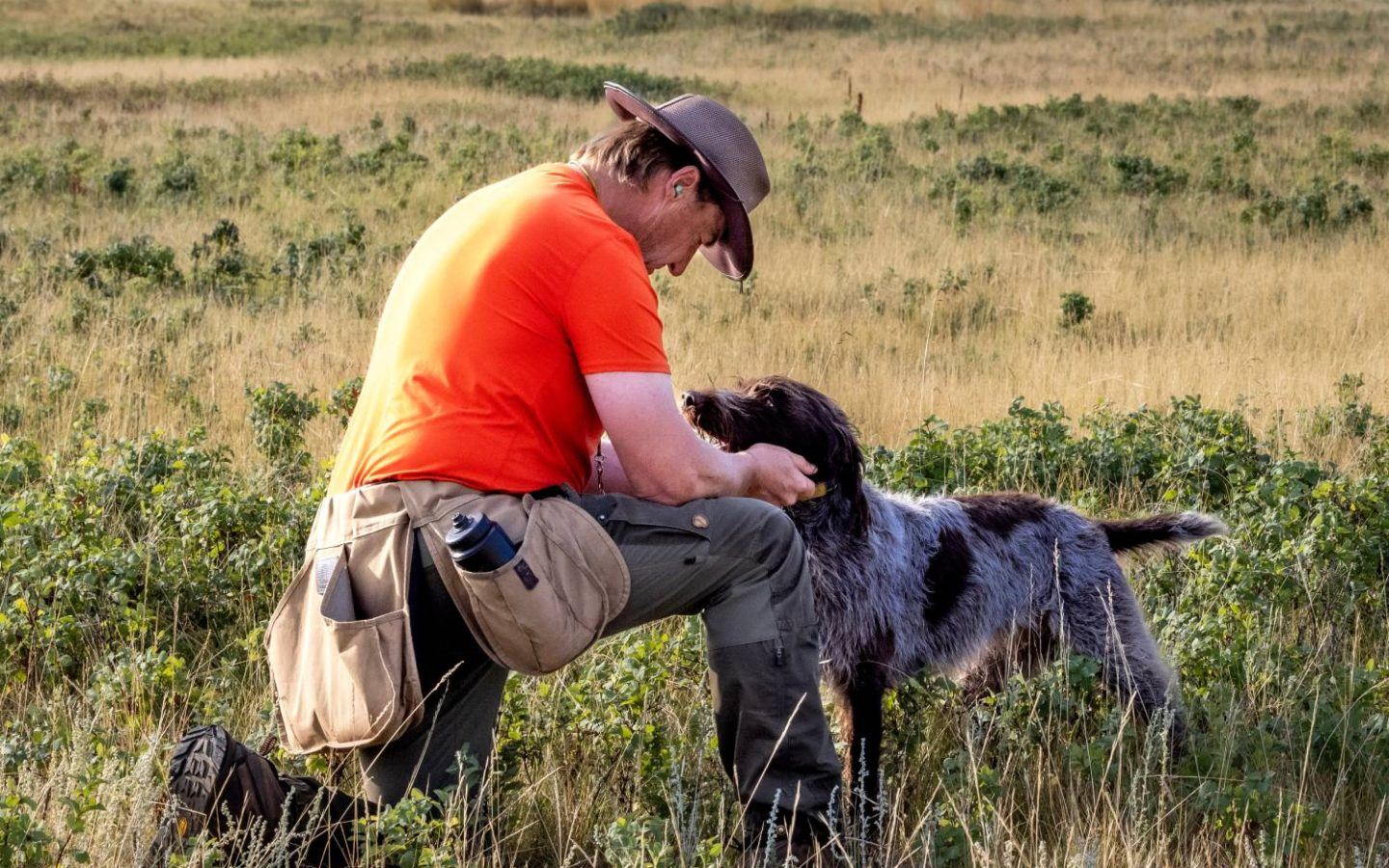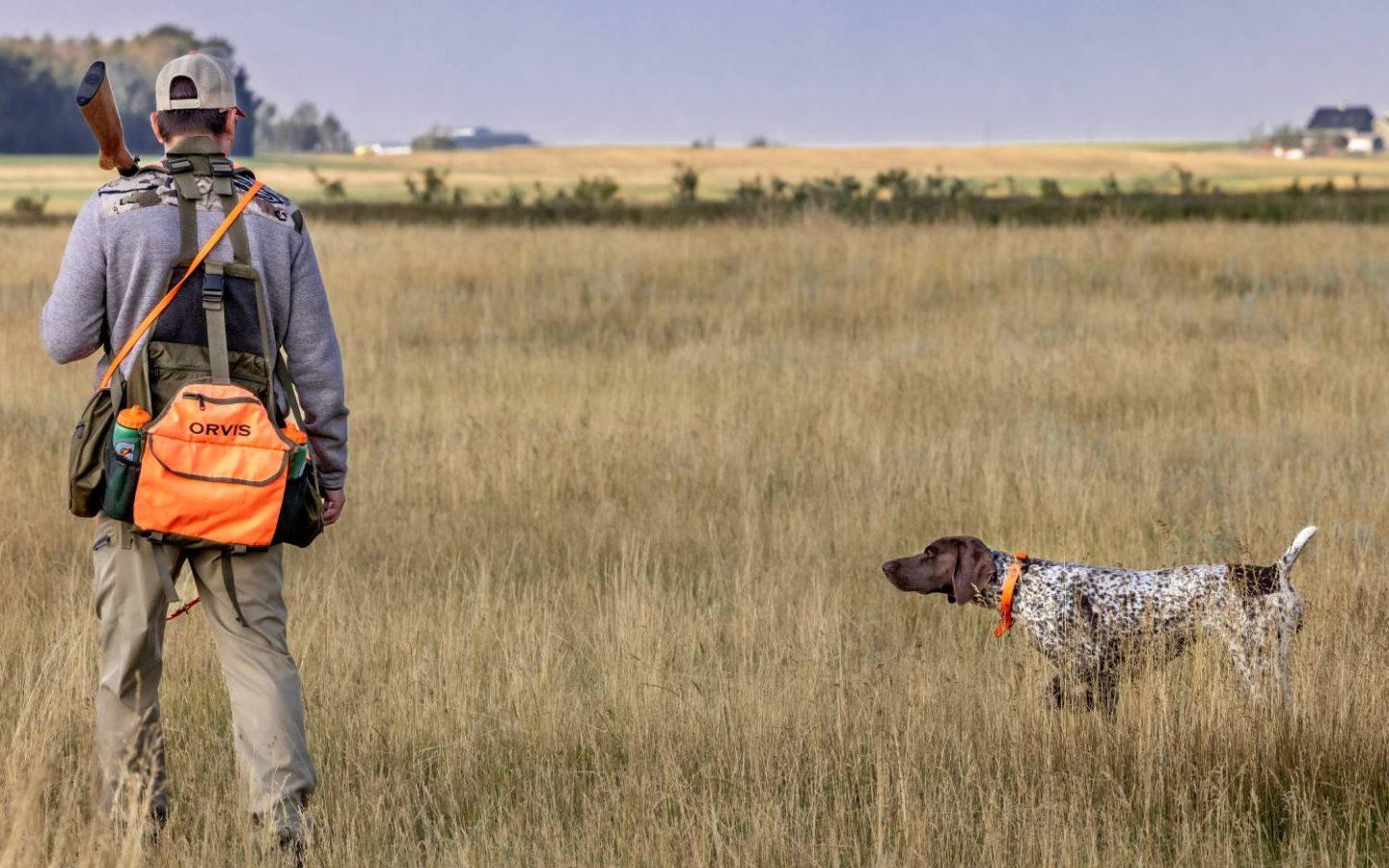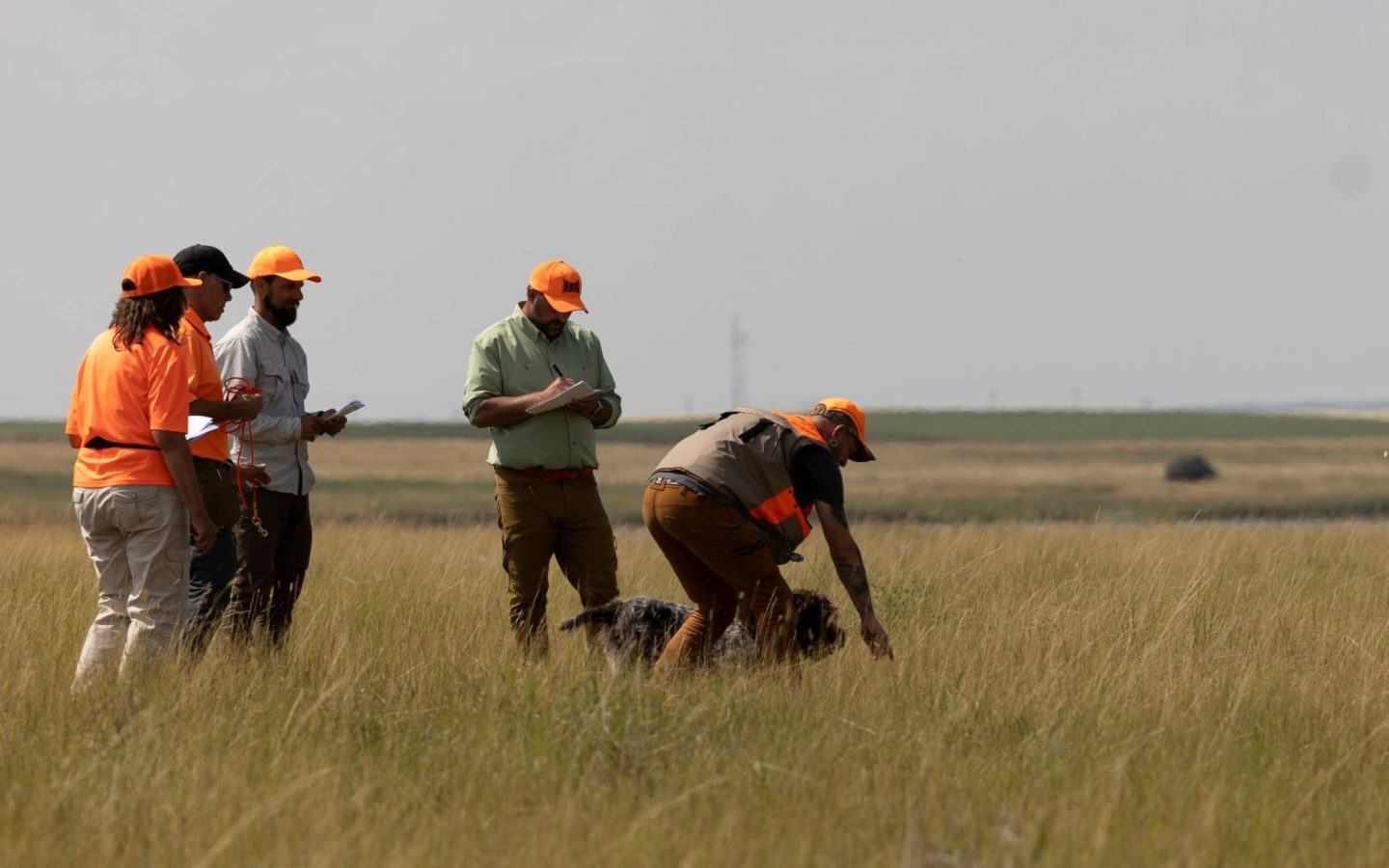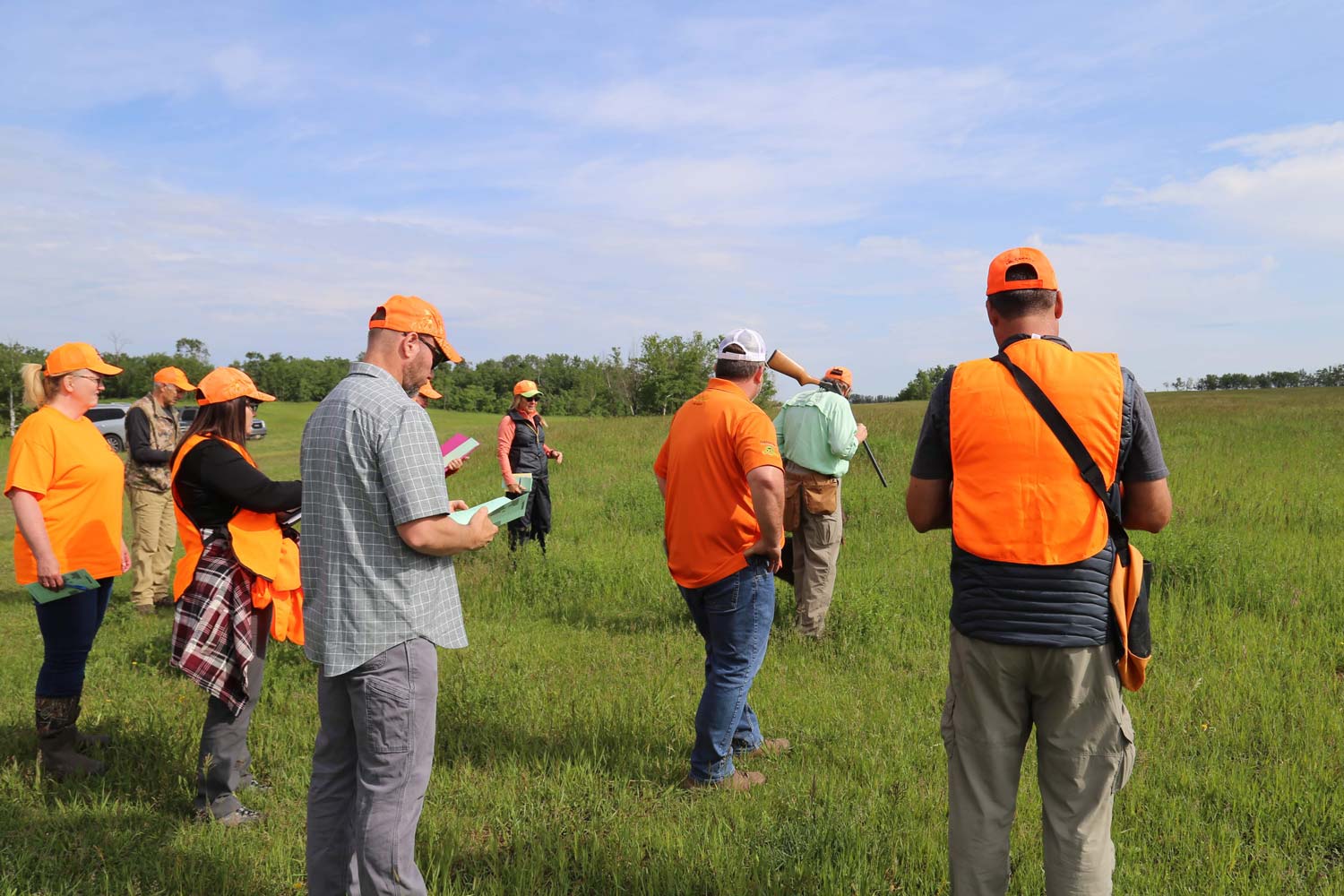The focus of training days is to equip dog owners and handlers with the skills needed to bring their dog to the level of success they desire. Handlers work together on various activities in the field and water based on the focus area(s) of the day.
As a club we do our best to provide training sites that vary in order to allow for our dogs to gain experience with different locations and terrain. Any fields we use will offer enough cover to have productive searches and hold birds. There are water areas that are good for introducing new dogs to swimming and other water that allow mature dogs to work on their water search and marked retrieves.
The birds used in training include homing pigeons, chukar, pheasants and ducks and they are generally available throughout the training season. If you are new and are not sure what you need, we are happy to guide you on the training day to make bird selections based on where your dog is at.
Training days provide club members access to chapter owned equipment: traps, launchers, heeling stakes, blinds, as well and resources in the way of expertise.
Blanks and live fire are used in the process of training. It is important that hunting dogs are correctly introduced to gunfire and we can make sure that happens. If you have a dog that has not been introduced to gunfire or is gun sensitive, precautions can be made so you can participate without fear of stressing your dog.
